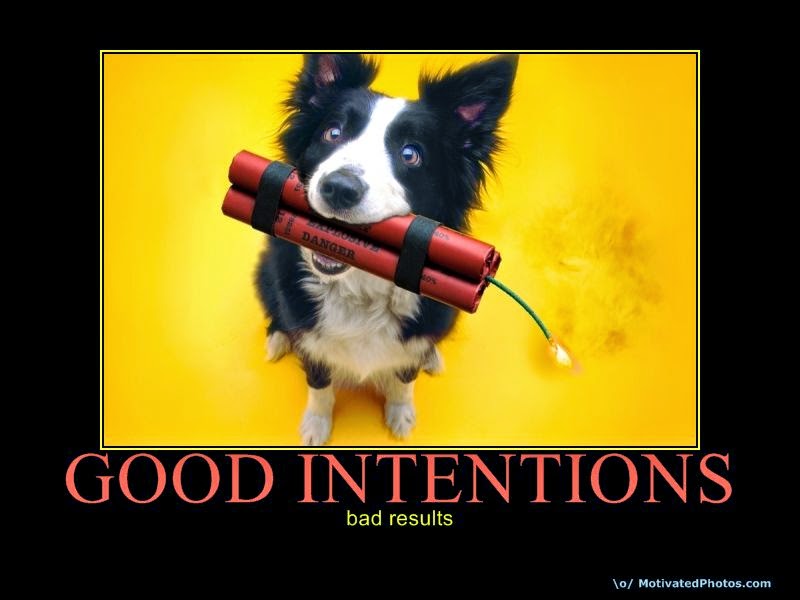“If you’re selling the same merchandise that’s commonly available, and you’ve got no point of differentiation, you’re dead,” Mr. Rubin said. “It’s just a question of when you die.”Comecei a perceber como materializar isto com um artigo na revista Business Week em 2005 sobre o fim das linhas de montagem da Canon. E com a leitura em 2006 do livro "How We Compete: What Companies Around the World Are Doing to Make" onde encontrei trechos como este sobre a Kenwood:
"When Kenwood moved production of portable mini-disk players from a factory in Malaysia to their Yamagata, Japan, plant in 2003, they discovered they could exploit short-lived consumer trends."Em 2017, esta abordagem continua a ser notícia, no país dos gringos:
"When Alejandro Villanueva, a Pittsburgh Steelers offensive lineman, stood for the anthem and the rest of the team stayed in the locker room, his name began trending on Twitter. Fanatics quickly posted a rendering of his No. 78 jersey on its website and on the N.F.L.’s online shop, which it also operates.Trechos retirados de "Fanatics, Maker of Sports Apparel, Thrives by Seizing the Moment"
.
Sales skyrocketed. Manufacturing facilities in Kentucky and Florida went to work pressing Mr. Villanueva’s name and number onto thousands of blank Pittsburgh jerseys for next-day shipping. Overnight, a player who had never caught a pass or scored a touchdown had the N.F.L.’s best-selling jersey.
.
“That moment happened, people wanted to immediately buy that jersey,” Michael Rubin, the company’s chairman and principal owner said. “A week later, that moment is mostly over.”
.
These micro-moments, as Mr. Rubin calls them, happen all the time in sports: A player reaches a milestone, has a breakout performance or is traded to a new team. Apparel companies have traditionally been poorly positioned to meet the accompanying fan demand as it surges. Fanatics is changing that and, in the process, carving out a lucrative niche in a fiercely competitive online-retail industry largely dominated by Amazon."















